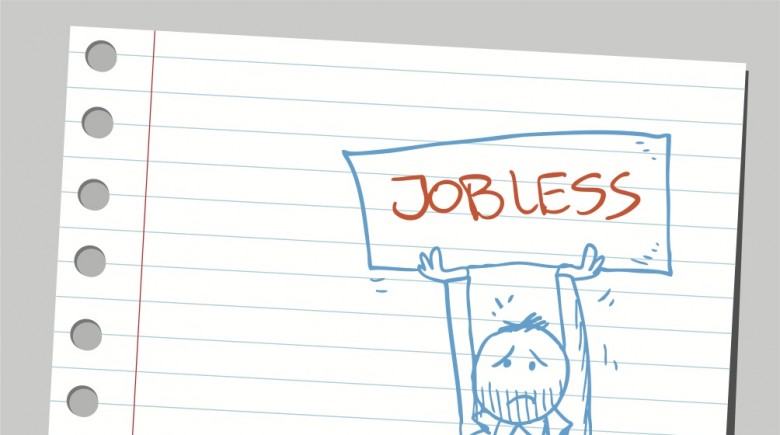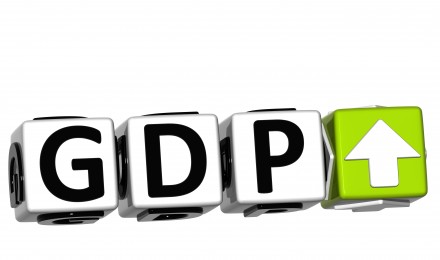The Unemployment Insurance Weekly Claims Report shows that American workers filed 12,000 fewer initial jobless claims for the week ending June 8, as the figure drop to 334,000 compared to 346,000 the preceding week. It’s the lowest level since May. In April, the metric fell to a five-year low of 327,000.
The number beat the consensus figure of 346,000 predicted by the 51economists responding to the Bloomberg survey. Their estimates ranged from 335,000 to 360,000 applications. Economist participating in the MarketWatch poll made a median forecast of 350,000.
The four-week moving average, which provides a more accurate measurement—less the volatility of weekly numbers, dropped from 352,500 to 345,250.
Continuing benefits and emergency aid
Persons who continue to receive employment benefits climbed by 2,000 to 2.97 million for the week ended June 1. However, the figure excludes people collecting jobless benefits under programs sponsored by the federal government.
The number of Americans who have exhausted their traditional benefits and are receiving emergency and extended help declined by 57,000, for the week ended May 25, to 1,703,458 persons. This represents a decline of 57,135 from the week before. At the same time last year, 2,551,539 people claimed Emergency Unemployment Compensation.
The Labor Department reports a 2.3 percent unemployment rate for individuals eligible for unemployment benefits programs —the insured unemployment rate —remained unchanged from the previous reading.
State data
For the week ended June 1, initial claim applications decreased in 35 states and territories; 18 registered an increase in claims. In order, Tennessee, New York, Oregon, Montana and North Carolina reported the largest increases of initial applications. California, Florida, Pennsylvania, Texas, and Missouri reported the largest decreases.
The following five states/territories reported the highest insured unemployment rates for the week ending May 25:
- Puerto Rico – 4.6%
- Alaska – 4.5%
- New Mexico 3.2%
- New Jersey – 3.1%
- Connecticut – 3.0%
- California (2.9)
These areas were followed by Pennsylvania (2.9%), Nevada (2.8%), Oregon (2.7%), and Illinois (2.6%).
Companies guarded about hiring
Based on the data, many employers are taking a watchful attitude and are maintaining current payroll levels. In a speech given on May 29, David Cote, the CEO of Honeywell International Inc., revealed that his firm is taking a “wait-and-see approach.”
According to Cote, “This is a better time to be cautious than to be bullish if you’re investing as a company or hiring.” New Jersey-based Honeywell manufactures heating and cooling thermostats, automobile turbochargers, cockpit controls, and other manufactured products.
Cotes said, “While you want to believe and there is economic news that looks better, it’s still just not enough to say, OK, start putting people on.”
About the jobless claims report
The jobless claim report, which is released every Thursday by the U.S. Labor Department prior to the market open, keeps tab on the number of firings by employer. It measures the number of first-time applications for state jobless claims in all U.S state and territories. The figures are seasonally adjusted for certain times of the year to account for holidays or harvesting—when employers typically hire temporary workers.
The Unemployment Insurance Weekly Claims Report shows that American workers filed 12,000 fewer initial jobless claims for the week ending June 8, as the figure drop to 334,000 compared to 346,000 the preceding week. It’s the lowest level since May. In April, the metric fell to a five-year low of 327,000.
The number beat the consensus figure of 346,000 predicted by the 51economists responding to the Bloomberg survey. Their estimates ranged from 335,000 to 360,000 applications. Economist participating in the MarketWatch poll made a median forecast of 350,000.
The four-week moving average, which provides a more accurate measurement—less the volatility of weekly numbers, dropped from 352,500 to 345,250.
Continuing benefits and emergency aid
Persons who continue to receive employment benefits climbed by 2,000 to 2.97 million for the week ended June 1. However, the figure excludes people collecting jobless benefits under programs sponsored by the federal government.
The number of Americans who have exhausted their traditional benefits and are receiving emergency and extended help declined by 57,000, for the week ended May 25, to 1,703,458 persons. This represents a decline of 57,135 from the week before. At the same time last year, 2,551,539 people claimed Emergency Unemployment Compensation.
The Labor Department reports a 2.3 percent unemployment rate for individuals eligible for unemployment benefits programs —the insured unemployment rate —remained unchanged from the previous reading.
State data
For the week ended June 1, initial claim applications decreased in 35 states and territories; 18 registered an increase in claims. In order, Tennessee, New York, Oregon, Montana and North Carolina reported the largest increases of initial applications. California, Florida, Pennsylvania, Texas, and Missouri reported the largest decreases.
The following five states/territories reported the highest insured unemployment rates for the week ending May 25:
- Puerto Rico – 4.6%
- Alaska – 4.5%
- New Mexico 3.2%
- New Jersey – 3.1%
- Connecticut – 3.0%
- California (2.9)
These areas were followed by Pennsylvania (2.9%), Nevada (2.8%), Oregon (2.7%), and Illinois (2.6%).
Companies guarded about hiring
Based on the data, many employers are taking a watchful attitude and are maintaining current payroll levels. In a speech given on May 29, David Cote, the CEO of Honeywell International Inc., revealed that his firm is taking a “wait-and-see approach.”
According to Cote, “This is a better time to be cautious than to be bullish if you’re investing as a company or hiring.” New Jersey-based Honeywell manufactures heating and cooling thermostats, automobile turbochargers, cockpit controls, and other manufactured products.
Cotes said, “While you want to believe and there is economic news that looks better, it’s still just not enough to say, OK, start putting people on.”
About the jobless claims report
The jobless claim report, which is released every Thursday by the U.S. Labor Department prior to the market open, keeps tab on the number of firings by employer. It measures the number of first-time applications for state jobless claims in all U.S state and territories. The figures are seasonally adjusted for certain times of the year to account for holidays or harvesting—when employers typically hire temporary workers.







